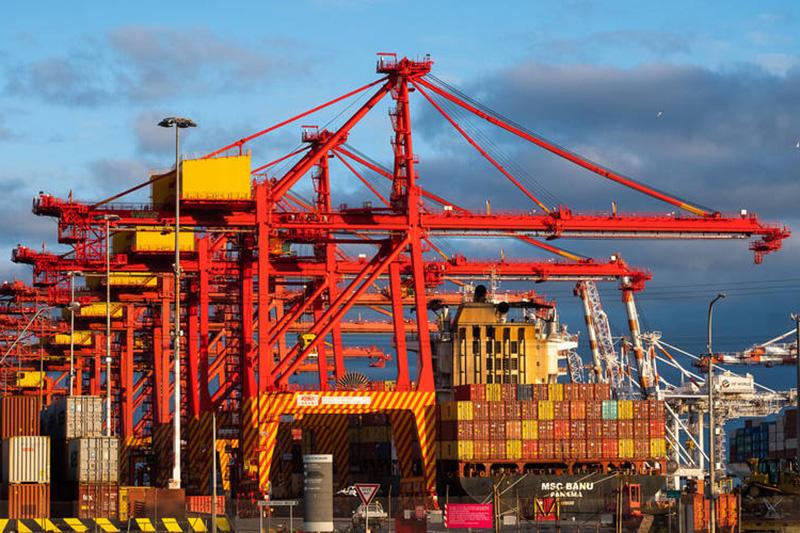New modelling warns youth unemployment will skyrocket as apprenticeships disappear

New modelling from the Mitchell Institute at Victoria University estimates 130,000 fewer new apprenticeships and traineeships will be offered as a result of the economic fallout from COVID-19.
The Impact of coronavirus on apprentices and trainees report from the education policy think tank warns the reduction in apprenticeships and traineeships will lead to a 50% increase in school leavers that will not be in employment, education or training (NEET).
It comes as industry data shows the number of new apprentices and trainees has collapsed, with an over 50% reduction in April 2020 when compared to the same time last year.
The report shows a 30% decline in new apprenticeships over the next three years, before a recovery begins, but could potentially lead to skills shortages lasting up to eight years, hampering the COVID-19 economic recovery.
Report author Peter Hurley said there was a correlation between the growth in the unemployment rate and decline in apprenticeships.
“Previous recessions suggest that for every one percentage point increase in the unemployment rate, there is a six percent decrease in new apprenticeships. While government programs like JobKeeper currently provide a lifeline, it may also be masking the severity of the problem. This means we could see even more young people being unable to enter the workforce when the supports are removed,” Mr Hurley said.
“For young people facing unemployment the evidence shows the impacts will not be short term. They are at much greater risk of higher rates of long-term unemployment, higher incidence of health problems, and lifelong engagement with the labour market characterised by insecure work and lower pay.”
He said the Australian Government could implement innovative policies to minimise the reduction in new apprenticeships and loss of employment in existing apprenticeships once the JobKeeper program ends.
“Our report recommends that the Australian Government increases the incentives and wage subsidies for employers; integrates new apprentices and trainees into projects receiving government funding, delivering new job opportunities; and establish innovative labour market programs to support apprentices,” he said.
Mr Hurley said that before COVID-19 the government had been spending $800 million less on employer incentives for apprentices and trainees for the past eight years, and it was time to put that money back in to protect job opportunities.
“While these policy responses come with costs, the government risks paying more to support individuals who would otherwise be able to support themselves, while at the same time losing the skilled workforce we need for a coronavirus recovery,” he said.
“Furthermore, these policy responses are temporary. If we implement them, Australia can help a generation of people who are facing a troubled future for no other reason than they were unlucky enough to be trying to enter the workforce during a pandemic.”
Background
The modelled forecasts are based on impacts to apprenticeships during past recessions.
Government funding of VET is at its lowest levels since 2011.
Watch the video: Apprentices left without training and work as COVID-19 hits the economy | 7.30.
Contact us
Media Enquiries
[email protected]


